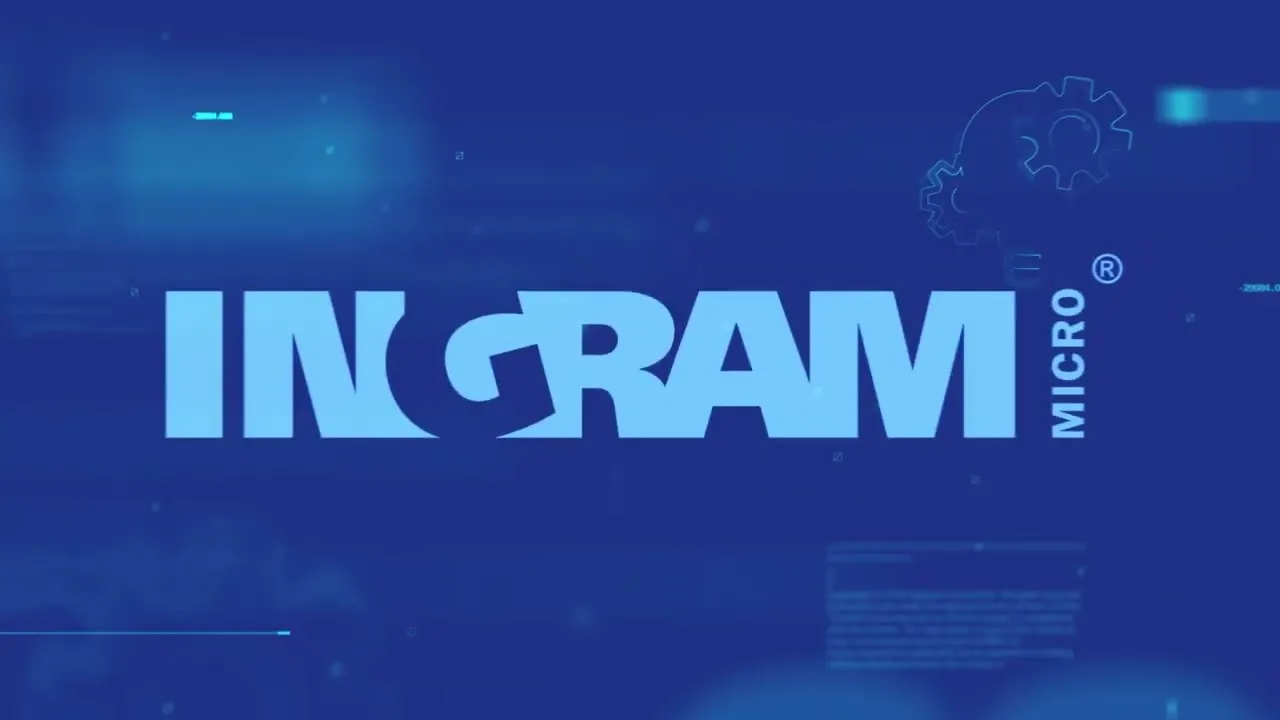The 2024 Nobel Prize in Physics has generated significant interest, not only for being a recognition of the traditional field of physics but also for highlighting the growing convergence between physics and artificial intelligence.
This year, the laureates John Hopfield and Geoffrey Hinton have been recognized for their fundamental contributions at the intersection of neuroscience and artificial intelligence, opening new avenues for scientific and technological research across multiple fields.
Hopfield and Hinton's work has revolutionized our understanding of the human brain and its functioning, especially in relation to neural computing. Their contributions to neural networks and deep learning have transformed not only the field of artificial intelligence but also diverse areas such as biology, medicine, and physics.
In this article from ITD Consulting, we will explore in depth the contributions of both scientists, their impact on the advancement of artificial intelligence, the practical applications of their discoveries, and the ethical and social challenges posed by this technology.
John Hopfield’s Legacy: Neural Networks and Computational Models of the Brain in Favor of Artificial Intelligence
Hopfield’s Model: Simulating Brain Functioning
John Hopfield is a key figure in the field of neuroscience and artificial intelligence, primarily known for introducing the concept of the "Hopfield network" in the 1980s. This mathematical model simulates the functioning of neural networks in the brain, allowing scientists to better understand how neurons communicate with each other to process and store information.
Before this discovery, researchers struggled to accurately model the brain's internal mechanisms. Hopfield's model changed this by providing an effective tool to analyze how neural networks can function as memory systems.

Hopfield networks are dynamic systems that behave very similarly to the processes that occur in the brain. Essentially, these networks allow neurons to form stable patterns of activity, facilitating the retrieval of information stored in the form of "neural memories."
This concept has had profound implications in both neuroscience and artificial intelligence, as it has enabled scientists to develop computational models that replicate certain aspects of human thinking and learning.
Neural Networks in Practice: Impact on Artificial Intelligence
Hopfield's model was also fundamental to the development of modern artificial neural networks, which are used in a wide variety of technological applications. In particular, neural networks have proven to be very useful in image processing, pattern recognition, and the analysis of complex data.
These applications have revolutionized entire industries, from medicine to the entertainment industry. For example, neural networks are used in medical diagnostic systems to analyze MRI images, allowing doctors to identify patterns that could be indicative of diseases like cancer.
Another practical use of neural networks is in facial recognition, a technology that has become ubiquitous in our mobile phones and security systems. This type of technology, which relies heavily on advances in neural networks, would not be possible without the theoretical foundations established by scientists like John Hopfield.
Geoffrey Hinton and Deep Learning: Revolutionizing Artificial Intelligence
Deep Learning: Key Concepts
Geoffrey Hinton is another giant in the field of artificial intelligence, widely recognized as one of the pioneers in the development of deep learning. Deep learning is a subfield of artificial intelligence that uses multi-layered, or "deep," neural networks to process large amounts of data and learn from it.
This technique has proven to be extremely effective in tasks such as speech recognition, automatic language translation, and autonomous driving.
Hinton's most notable achievement was the development of the backpropagation algorithm, a method that allows neural networks to adjust their internal weights as they learn from input data.
This breakthrough allowed neural networks to overcome previous limitations, making them much more efficient and accurate in solving complex problems. Backpropagation became an essential technique for training deep neural networks and is the foundation of many of the AI systems we use today.
Applications of Deep Learning
Thanks to Hinton's advances in deep learning, artificial intelligence has experienced a surge in its practical applications across a wide range of fields. Today, deep learning is used in recommendation systems for streaming platforms like Netflix and Spotify, where algorithms analyze user behaviors to offer personalized content.
Similarly, this AI technology is used in search engines to improve the accuracy of results and in social media to optimize the delivery of advertising.
In healthcare, deep learning has enabled significant advances in medical diagnostics. For example, AI algorithms can analyze X-rays and CT scans with a level of accuracy that matches or even exceeds that of human radiologists in certain cases.
This allows for faster and more accurate diagnoses, which can be crucial for the early detection of serious diseases such as cancer.

Artificial Intelligence in Science: A Paradigm Shift
Artificial Intelligence and Physics: New Ways of Addressing Scientific Problems
The 2024 Nobel Prize in Physics awarded to Hopfield and Hinton reflects a paradigm shift in the way scientific research is conducted today. Artificial intelligence, especially in the form of neural networks and deep learning, has transformed the way scientists approach complex problems.
In the past, physicists and other scientists relied on traditional mathematical models and simulations to analyze experimental data. Now, with the help of artificial intelligence, they can process vast amounts of data much faster and with greater precision.
A clear example of how artificial intelligence is revolutionizing physics is its application in particle physics. In experiments like those conducted at the Large Hadron Collider (LHC) in Switzerland, scientists generate massive amounts of data that must be analyzed to identify new subatomic particles.
AI algorithms are capable of processing this data at astonishing speeds, accelerating the discovery of new particles that could alter our understanding of the universe.
Biology and Neuroscience: New Horizons with Artificial Intelligence
In the field of biology, artificial intelligence is also playing an increasingly important role, particularly in genetic research and neuroscience. Advances in human genome sequencing have produced enormous amounts of data that scientists need to analyze to better understand how genes function and their relationship to various diseases.
AI algorithms have proven particularly useful in identifying patterns in this data, enabling researchers to make important discoveries in areas such as cancer genetics and neurodegenerative diseases.
Neuroscience is another field that has been transformed by artificial intelligence. Artificial neural networks are not only used to better understand the human brain but are also being applied in the development of neural prosthetics and brain-computer interface systems.
These advances have the potential to significantly improve the quality of life for individuals with physical disabilities, allowing them to control external devices through thought.
Ethical and Social Challenges of Artificial Intelligence
Ethical Challenges: Bias and Transparency
As artificial intelligence becomes increasingly integrated into our society, significant ethical challenges must be addressed. One of the most pressing issues is bias in AI algorithms.
Since neural networks learn from the data they are trained on, there is a risk that the biases and prejudices present in those data will be perpetuated in AI systems. This could lead to unjust or discriminatory decisions in areas such as hiring, loan granting, or the judicial system.
Transparency is also an emerging concern. AI algorithms are often so complex that even the developers themselves may not fully understand how they arrive at their conclusions.
This raises the question of how to ensure that AI systems act in a fair and responsible manner, especially when making decisions that affect people's lives.
Social Impact: The Future of Work
Another significant challenge posed by artificial intelligence is its impact on employment. As machines become more efficient at performing tasks that were previously only done by humans, there is growing concern that many jobs will be replaced by automation.
This concern about AI is especially acute in sectors like manufacturing, logistics, and services, where robots and automated systems are already being implemented to carry out repetitive tasks.
Geoffrey Hinton, one of the Nobel laureates of 2024, has been a strong advocate for the idea that society must prepare for a future where AI plays a central role in the economy. This will require greater investment in education and training for workers so they can adapt to technological changes and find new forms of employment in the economy of the future.

The 2024 Nobel Prize in Physics awarded to John Hopfield and Geoffrey Hinton is significant not only for recognizing their impact on artificial intelligence but also for highlighting the value of the intersection between neuroscience and computing. Both scientists have made fundamental contributions that have enabled significant advances in understanding the cognitive processes of the human brain.
Their innovations in neural networks and deep learning have opened new frontiers in artificial intelligence, laying the foundation for an era of discoveries that integrate biology, physics, and technology. This award is not only a recognition of their past achievements but also an indicator of the path science will take in the future.
Hopfield and Hinton’s advancements have directly impacted how we approach complex scientific problems. In particular, the neural network model has transformed how scientists think about the brain and its functions, offering new tools for investigating how memories are stored and processed, how decisions are made, and how learning occurs at the neuronal level.
Hinton's work, especially in deep learning, has enabled machines to learn and recognize patterns in ways that mimic some aspects of the human brain. This has facilitated solving large-scale problems, from predicting DNA sequences to improving accuracy in medical diagnoses.
Furthermore, these advancements have not remained confined to the theoretical realm but have had practical applications that are revolutionizing a wide range of industries. In medicine, for example, artificial intelligence has enabled faster and more accurate diagnoses, while in the tech industry, the ability of machines to analyze large volumes of data is transforming fields like autonomous driving and recommendation systems on digital platforms.
The implications of these artificial intelligence technologies are enormous, and every day new applications are emerging that are changing the way we interact with the world, optimizing processes and creating opportunities in sectors that would not have previously imagined benefiting from AI.
However, as artificial intelligence continues to advance at a breakneck pace, it is crucial that we also pay attention to the ethical and social challenges this technology presents. While neural networks and deep learning promise to improve efficiency in a wide range of fields, there is concern that these technologies could exacerbate existing inequalities if not properly managed.
It is vital to develop ethical and regulatory frameworks to ensure that artificial intelligence is used in a fair, equitable, and responsible manner. Only in this way can we ensure that the benefits of these technological innovations are distributed equitably and that their impact on society is positive for all.
If you want to learn more about artificial intelligence, how to leverage it, and how it’s revolutionizing the world, contact us at [email protected]. We have a team knowledgeable in the best of technology and artificial intelligence to help you.





